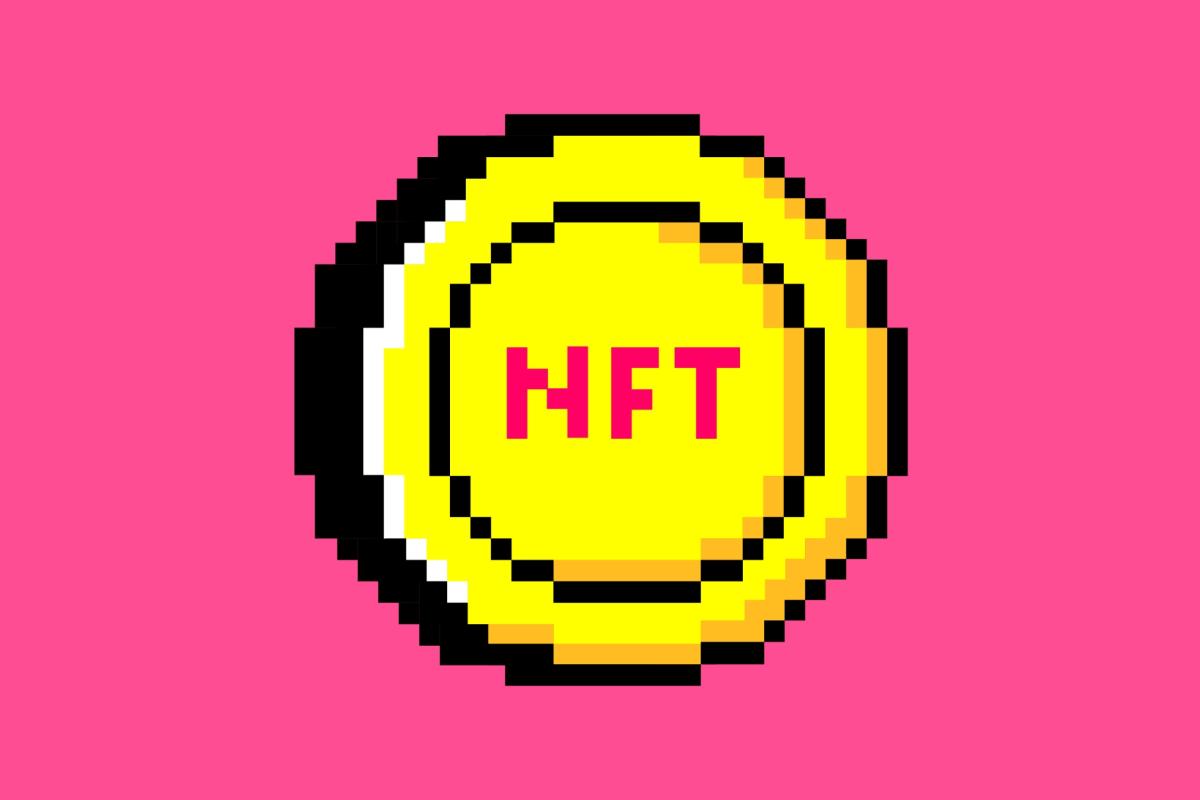Wei, Satoshi, Jager and the various other denominations Ether, Bitcoin, Bnb and more

Most fiat currencies are divisible up to 2 decimal places ($0.01). However, since many cryptocurrencies have a severely limited supply, they have divisibility of up to 8 decimal places or more (0.000000001 ETH). This ensures that even when the supply limit of these cryptocurrencies is reached and/or their valuations rise, it is still possible for everyone to own a certain amount of the token.
Let’s look at some of the smaller denominations of the common cryptocurrencies and their utility.
Bitcoin
Bitcoin has a fixed supply of 21 million bitcoins, of which 18.5+ have already been mined. Also, 1 BTC is currently trading at about $22,000. However, its all-time high so far is around $69,000.
With such a small supply and high valuations, how can Bitcoin become the world’s future currency? The answer is simple: denominations. Instead of owning entire bitcoins, users can buy fractions of BTC, the smallest of which is known as a satoshi or SAT (named after its pseudonymous creator).
One satoshi is 0.00000001 BTC. One decimal point higher than satoshi is finney (0.0000001 BTC), followed by microBitcoin (0.000001 BTC). These are followed by milliBitcoin (0.001 BTC), centiBitcoin (0.01 BTC) and deciBitcoin (0.1).
Satoshis are most often given away in faucets, where users perform small tasks to earn free crypto. You can continue to complete these tasks and collect SATs until you have a significant amount of BTC.
Ethereum
Ethereum’s total supply is not limited like Bitcoin. However, it still offers extremely small denominations to ensure that trading of any amount is possible. These smaller denominations are also used to pay transaction fees on the Ethereum network.
One of the smallest amounts of ETH you can buy is known as gwei, which is equal to 0.000000001 ETH. If you paid 0.000000020 ETH as a transaction fee, you would say the transaction cost you 20 gwei.
However, Gwei is not the smallest denomination of ETH; that distinction goes to a unit known as the wei. One ETH can be hacked
100,000,000,000,000,000 way. Interestingly, wei was named after Wei Dai, the founder of b-money, the predecessor of Bitcoin.
Wei is also used as a unit of measurement for several other ETH denominations. For example, one kwei is equal to 1000 wei, one mwei is equal to one million wei, and one gwei is equal to one billion wei.
Other denominations in the crypto world
Aside from Bitcoin and Ethereum, several other popular cryptos have small denominations. For example, the smallest unit of Binance (BNB) is known as a chaser, which is equal to 0.00000001 BNB. The name behind this entity of BNB comes from the Telegram handle of a Binance Community Manager.
This person was one of the project’s first angel investors and became the Binance Community Manager. At the time, the person’s Telegram handle was simply “Jager”, which Binance co-founder Changpeng Zhao (CZ) decided to name the smallest unit of BNB after.
On the Ripple (XRP) blockchain, the smallest unit of an XRP is a drop. One drop equals one million XRP. The name plays into the metaphor of drops, rain and ripples. Lovelace is the smallest unit of Ada, Cardano’s native currency. It was named after the 19th century mathematician Ada Lovelace who is popularly referred to as the first computer programmer.
For now, gwei, SATs, jager and the other smaller denominations don’t have much use. But as the value of cryptocurrencies rises in the future, these smaller entities will surely come into play. They also want to ensure that everyone can take a piece of the crypto pie when the circulation limits are reached, and no new coins are minted.






















